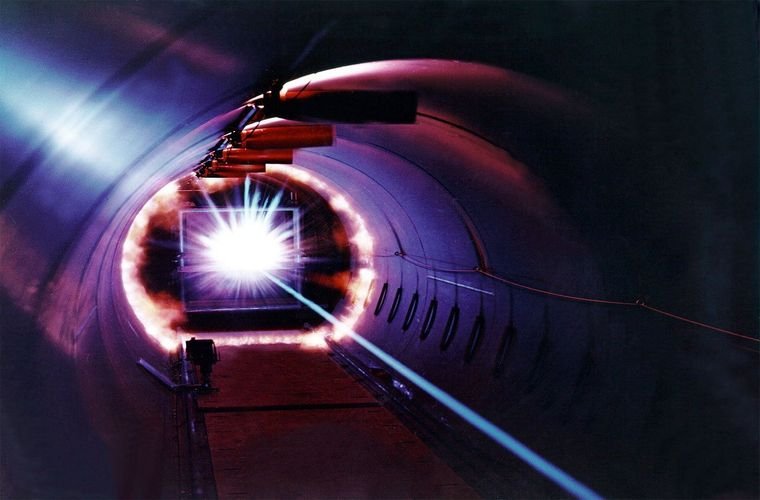Quantum physics is a mysterious field, where at nanoscales and smaller, particles cease to behave predictably. Naturally, this makes it more difficult for physicists to study these interactions, and one way that quantum physicists are able to overcome this is with the aid of lasers in their research.
Lasers are helpful in quantum physics, as they can be used in a variety of ways that range from the stimulation of particles to their use in helping maintain a better control environment. While lasers have been utilized in physics experimentation for decades, a continuous version of the special atomic laser–that is, a laser that is always in active operation– has remained elusive. That is until recently, when scientists from the University of Amsterdam might have found a way to finally bring real-world applications for this technology into existence.
Background: What is an Atomic Laser?
An atomic laser utilizes particle waves, or the waves of atoms, in sync to create a beam of light. In order for this laser to work, the particles need to be in the state of matter called the Bose- Einstein-Condensate (BEC). The BEC occurs when individual atoms are cooled to almost zero Kelvin, known as absolute zero, and create a single quantum substance. This substance usually has one wave pattern, allowing all particles to move in sync, and power an atomic laser.
Unfortunately, BECs are extremely fragile, especially when it comes to temperature. Even being just one degree off can make the particles bounce against each other and no longer move as one unit. Light can also trigger this process, but paradoxically, is also needed to help cool the BEC. To do this, physicists use bursts of light. to better maintain the BEC and its environment. While this is effective, it does hinder creating an atomic laser that is always on.
Analysis: Another Look at Cooling
To work around this issue, researchers at the University of Amsterdam decided to create a continuous BEC, which would power the continuous atomic laser, which would also be a more stable system.
To create this BEC, the researchers changed how they cooled the atoms. According to the team leader, Florian Schreck, “In our setup, we decided to spread the cooling steps, not over time, but in space: we make the atoms more while they progress through consecutive cooling steps. In the end, ultracold atoms arrive at the heart of the experiment, where they can be used to form coherent matter waves in a BEC. But while these atoms are being used, new atoms are already on their way to replenish the BEC.”
While the concepts to create this BEC seemed straightforward, actually doing the science was tricky. The researchers continued to tweak their experiment for six years before it finally began to work. “In the early hours of Christmas morning 2019, the experiment was finally on the verge of working,” explained researcher and first author of the subsequent publication, Chun-Chia Chen. “We had the idea of adding an extra laser beam to solve a last technical difficulty, and instantly every image we showed a BEC, the first continuous-wave BEC.”
Outlook: Changing the Atomic Laser Game
While the researchers haven’t yet used their continuous BEC to produce a continuous atomic laser, they are hopeful that they will get to that stage soon.
“In this way, we can keep the process going essentially forever,” Schreck said of their recent progress with cooling phases in their current continuous-wave laser setup. Schreck and his team’s current findings were recently published in the journal Nature.
Kenna Hughes-Castleberry is a staff writer at the Debrief and the Science Communicator at JILA (a partnership between the University of Colorado Boulder and NIST). She focuses on deep tech, the metaverse, and quantum technology. You can find more of her work at her website: https://kennacastleberry.com/

